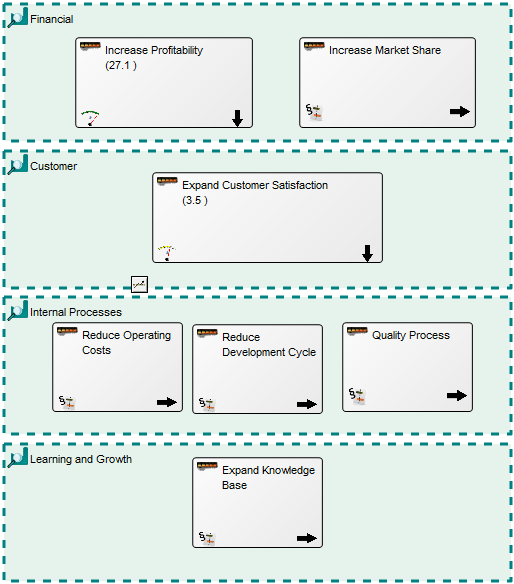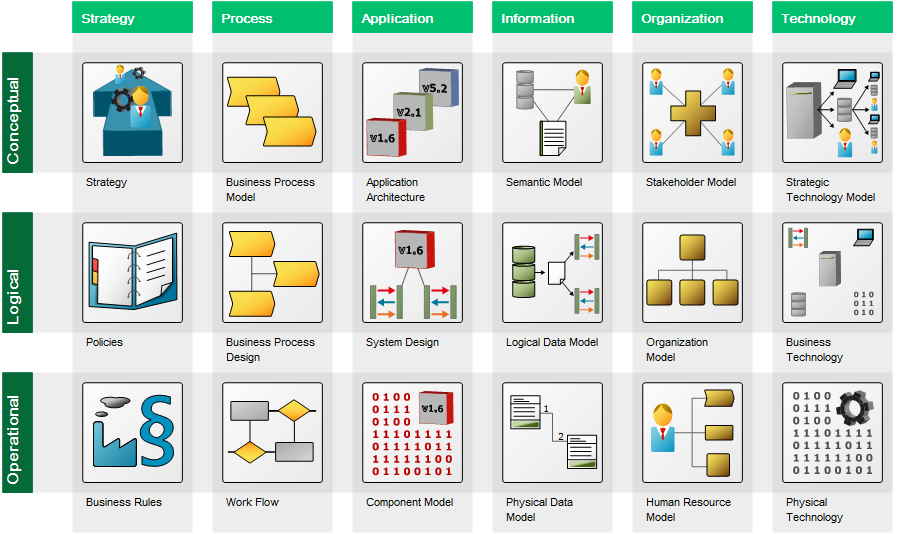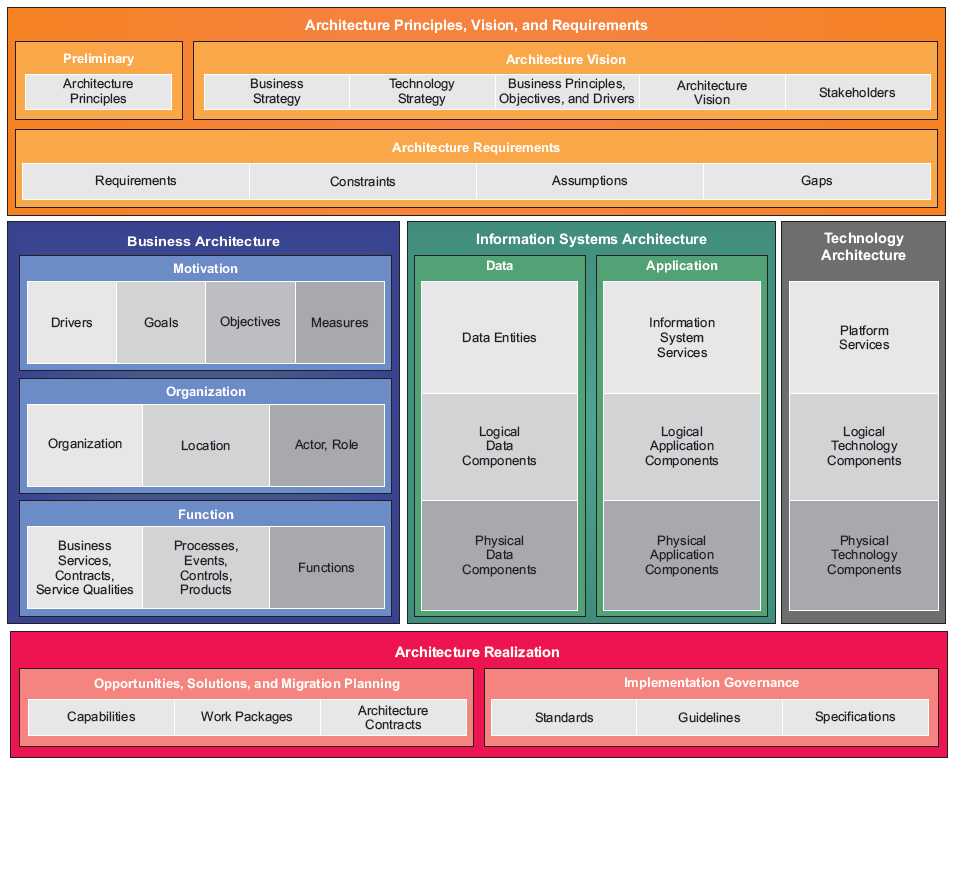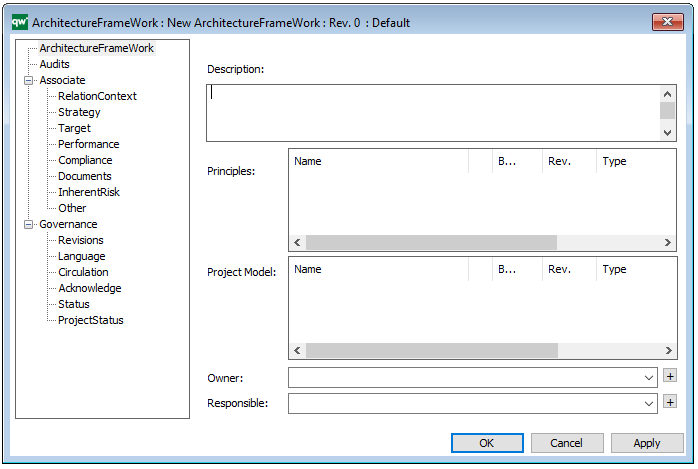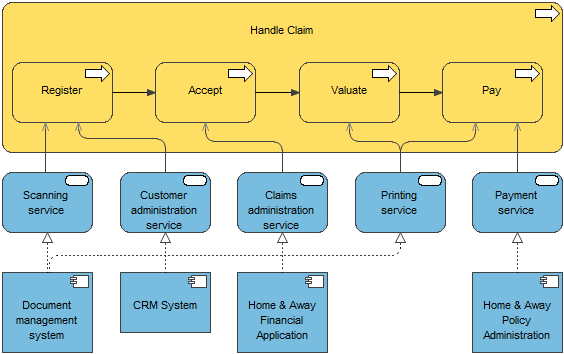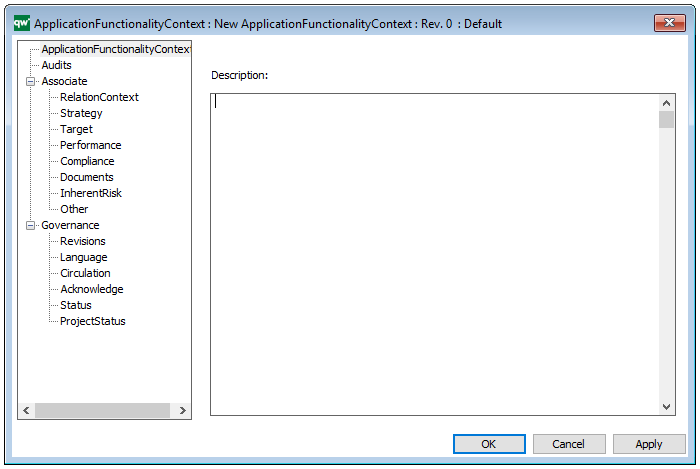Purpose: The purpose of the Browser Diagram template is to build a structure for reports in QualiWare.
Core concerns: The Browser Diagram template allows you to build a graphical representation of a reports structure, from which it will then generate a code for the system to execute. The symbols available in the Browser Diagram template are: Browser Filter, Browser Action, Browser All and Browser Source. They can be connected by Browser Relation, Browser Back Relations and Browser Graphic Relations.
Several Browser Diagrams are included in the installation of QualiWare. Below, you can see an example of a Browser Diagram for a Business Process Network:

The Following is a Browser Diagram for Audit Planning:
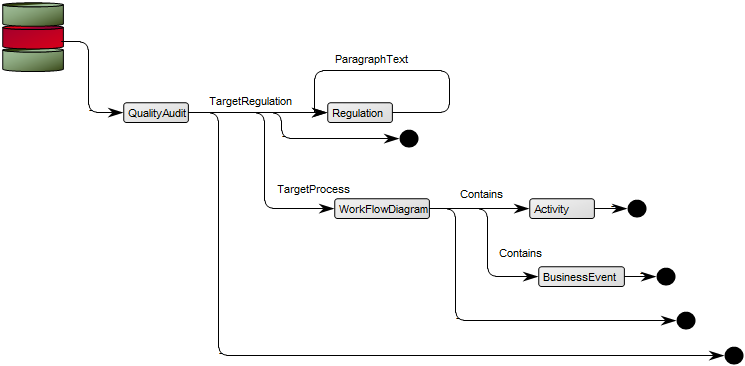
Relation to other templates: The Browser Diagram template is used for QualiWare platform customization and is as such related to templates such as the Generic Query, Query Design.
Properties and metadata: The Browser Diagram template can for example retain the following information:
- A description of the diagram
- Audits (auto generated information regarding its current state and access rights)
- Associated documents, diagrams and other objects
- Inherent Risk detailing risk considerations
- Governance information detailing information about the published diagram and who has been involved in the approval of the diagram

The above picture shows the properties dialogue window for the Browser Diagram template, where you can view and edit the diagram’s properties in QualiWare Lifecycle Manager.

